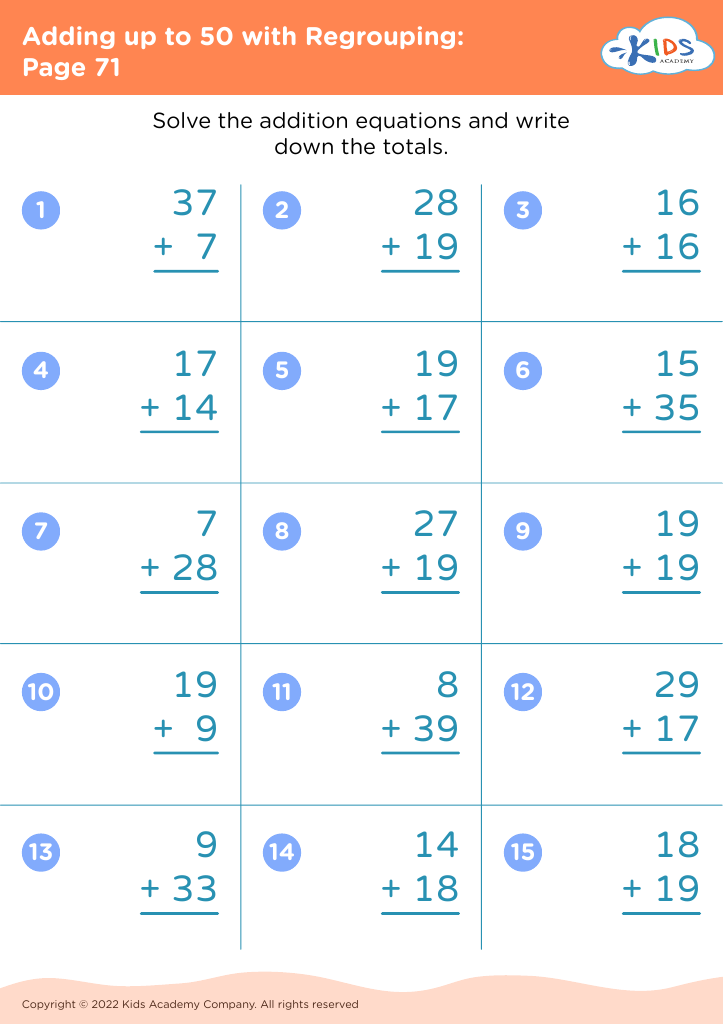Visual discrimination Worksheets for Ages 8-9
8 filtered results
-
From - To
Enhance your child's visual discrimination skills with our engaging worksheets designed for ages 8-9. These resources help sharpen observation abilities, enabling children to distinguish between similar shapes, patterns, and objects effectively. Our thoughtfully crafted activities promote keen attention to detail, crucial for academic success and everyday tasks. Ideal for home or classroom use, these worksheets support learning in a fun and interactive way. Watch as your child grows in confidence while developing critical skills essential for reading and math comprehension. Access a wealth of creative and diverse exercises that make learning enjoyable and beneficial for young learners today!


Congruent Shapes Worksheet


Letters X and Q Tracing Worksheet


What Shape Am I? Worksheet


Twin Shapes Dot-to-Dot Worksheet
Visual discrimination is a crucial skill for children aged 8-9, forming the foundation for their learning and development. At this stage, students engage in more complex tasks that require careful observation and the ability to differentiate between similar-looking objects, letters, or numbers. Mastering visual discrimination affects reading and math skills, where recognizing phonemes or identifying shapes and patterns becomes essential.
Parents and teachers should prioritize this skill because it impacts a child's academic performance and self-confidence. Children with strong visual discrimination skills are more likely to excel in reading comprehension and problem-solving tasks, providing them with a solid academic base to tackle more advanced concepts later on. Furthermore, fostering these skills encourages attention to detail, critical thinking, and the ability to make connections within learning materials.
Supporting the development of visual discrimination can also enhance other aspects of children’s lives, from improving their art skills to boosting their sports performance, where spatial awareness is vital. By incorporating activities like puzzles, matching games, and visually-based learning strategies, adults can create an engaging environment that nurtures this essential skill, ultimately benefiting a child's overall development and success in school and beyond.



 Assign to My Students
Assign to My Students


















